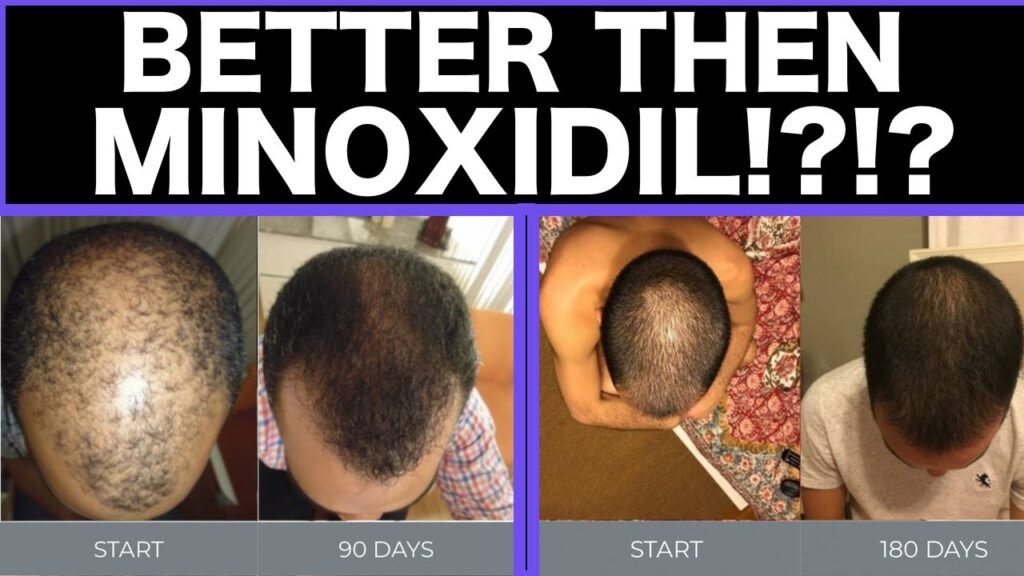What’s the difference between Rogaine foam vs liquid
When comparing Rogaine foam vs liquid, the most notable difference lies in their formulation and application methods. Rogaine, known generically as minoxidil, is a popular treatment for hair loss and is available in both foam and liquid forms. The foam variant is often preferred for its ease of use and quick drying properties. It is alcohol-free, which can be gentler on the scalp, reducing the likelihood of irritation for those with sensitive skin. The foam formulation also tends to spread evenly and can be easier to apply without the messiness that might accompany the liquid version.
In contrast, the Rogaine liquid formulation includes an alcohol-based solution that helps the active ingredient penetrate the scalp more effectively. This can potentially enhance the absorption of minoxidil, making it a preferred choice for some users. However, the presence of alcohol may lead to dryness or irritation for certain individuals. The liquid version requires the use of a dropper for application, which can be a bit more time-consuming and may result in a greasy residue if not applied carefully.
Another key distinction between the two is their suitability for different hair types and lengths. The foam is particularly advantageous for individuals with shorter hair or those who experience thinning primarily at the crown of the head. Its lightweight texture and ease of application make it less likely to interfere with styling. Meanwhile, the liquid form might be more suitable for those with longer hair, as it can be applied directly to the scalp, ensuring better coverage and contact with the hair follicles.
Ultimately, the choice between Rogaine foam vs liquid may depend on personal preferences, skin sensitivity, and specific hair care needs. Both forms are clinically proven to aid in hair regrowth, but understanding their differences can help users select the most appropriate option for their individual circumstances.


